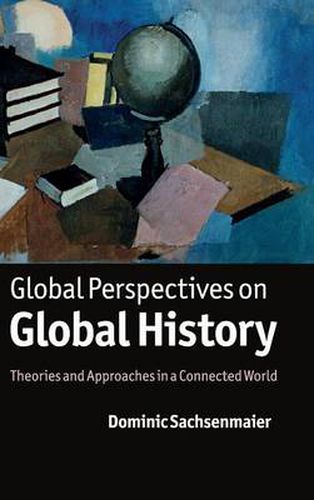Readings Newsletter
Become a Readings Member to make your shopping experience even easier.
Sign in or sign up for free!
You’re not far away from qualifying for FREE standard shipping within Australia
You’ve qualified for FREE standard shipping within Australia
The cart is loading…






In recent years, historians across the world have become increasingly interested in transnational and global approaches to the past. However, the debates surrounding this new border-crossing movement have remained limited in scope as theoretical exchanges on the tasks, responsibilities and potentials of global history have been largely confined to national or regional academic communities. In this groundbreaking book, Dominic Sachsenmaier sets out to redress this imbalance by offering a series of new perspectives on the global and local flows, sociologies of knowledge and hierarchies that are an intrinsic part of historical practice. Taking the United States, Germany and China as his main case studies, he reflects upon the character of different approaches to global history as well as their social, political and cultural contexts. He argues that this new global trend in historiography needs to be supported by a corresponding increase in transnational dialogue, cooperation and exchange.
$9.00 standard shipping within Australia
FREE standard shipping within Australia for orders over $100.00
Express & International shipping calculated at checkout
In recent years, historians across the world have become increasingly interested in transnational and global approaches to the past. However, the debates surrounding this new border-crossing movement have remained limited in scope as theoretical exchanges on the tasks, responsibilities and potentials of global history have been largely confined to national or regional academic communities. In this groundbreaking book, Dominic Sachsenmaier sets out to redress this imbalance by offering a series of new perspectives on the global and local flows, sociologies of knowledge and hierarchies that are an intrinsic part of historical practice. Taking the United States, Germany and China as his main case studies, he reflects upon the character of different approaches to global history as well as their social, political and cultural contexts. He argues that this new global trend in historiography needs to be supported by a corresponding increase in transnational dialogue, cooperation and exchange.